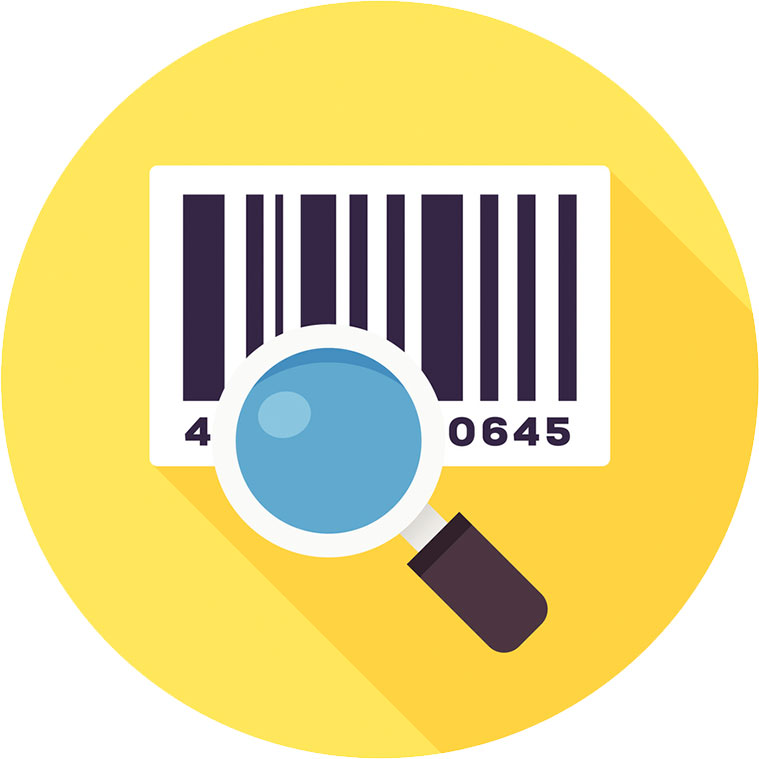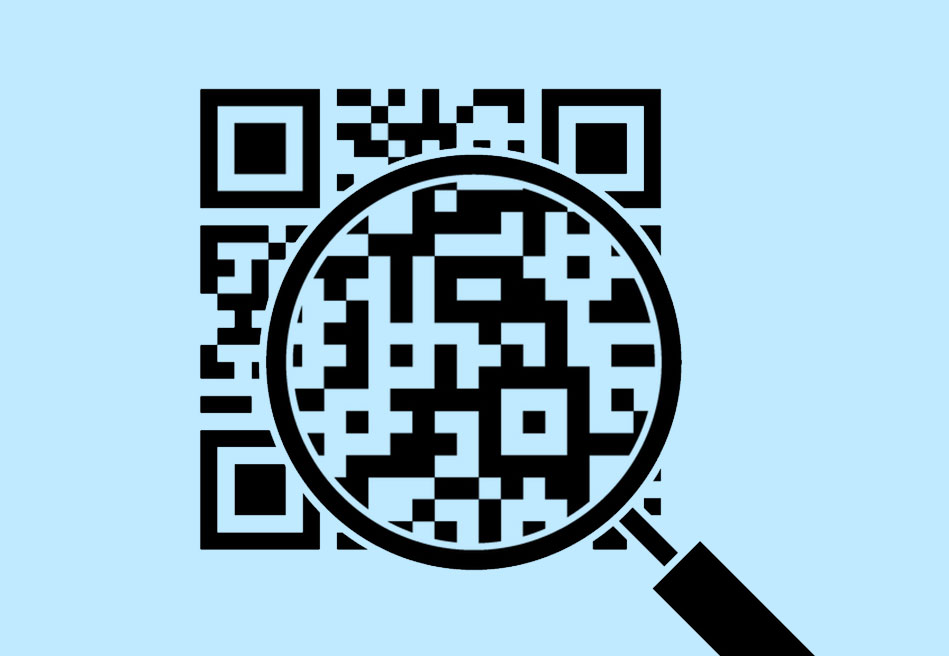Feb 01, 2021 by Mark Dingley
If you’ve ever taken a look at the underside of a Coca Cola can, you may have noticed a series of numbers printed there. Did you know that those numbers can tell you exactly where and when the product was made? They can also tell you where the sugar, concentrate and everything else came from. In a nutshell, those little numbers can tell you absolutely everything you need to know about that particular item.
Large corporations and manufacturers (such as Coca-Cola) have long recognised the importance of traceability – this is defined by GS1 as “the ability to identify the past or current location of an item, as well as to know an item’s history”. Read more about traceability here.
Smaller processors and manufacturers have only recently gotten onto the traceability bandwagon, thanks to an increasing realisation that the public will always have faith in a business if they can get safety and traceability right. In a world where brand loyalty and consumer confidence are both increasingly fragile, this faith is incredibly powerful.
For many in the industry, product recalls are the first thing that comes to mind when you hear the word “traceability”. Having an effective traceability system in place can make it easier to locate defective or unsafe foods, pharmaceuticals and a wealth of other products, allowing them to be removed from shelves quickly.
For example, in January 2016 a piece of red plastic was found in a Snickers bar. This led to a mass recall of Mars products in more than 55 countries. This might sound extreme, but it was traceability that enabled the team at Mars to trace the issue back to a production incident that occurred in the Netherlands between December 2015 and January 2016.

There’s no question that being able to quickly and easily recall an item protects the consumer (even saving lives in some cases), but traceability also protects the brand. By promptly removing defective products from the shelves, you are preserving the consumer’s trust in the integrity and quality of the brands they love.
These days, however, traceability is about more than just recalls. For any food processing business, traceability can help to identify the house of all food inputs (such as additives, ingredients, packaging and raw materials). It has also become a vital tool in fighting product counterfeiting, which is an enormous industry in China (and capable of decimating local Australian brands). Traceability can help to counteract this.
Another essential reason for the inclusion of traceability in supply chains is in response to increased consumer demand to know more about the products they’re buying. What’s in them; where did they come from; what conditions are they made under; how did they get onto the shelf; how will they be disposed of? These questions are particularly important in the meat, dairy and fresh food industries. More and more consumers want to see a photo of the paddock where the cow was raised before purchasing their steak, or the orchard where the apples in their favourite fruit juice were grown.

In short, everyone (comprising consumers, food processors, industry regulators and even the media) - they are all demanding accurate information and precise product identification. In fact, this information has become expected. Here in Australia, the Food Standards Code requires businesses to trace ‘one step back and one step forward’. This means that businesses should be able to provide information about the food they have on their premises and where it came from, as well as have a system in place to make recalling unsafe food simple.
Retailers like Woolworths and Coles, on the other hand, require their suppliers to assist them in ensuring that every product can be quickly and accurately identified throughout the supply chain. The Woolworths Quality Assurance (WQA) standard, for example, outlines the corporation’s stringent criteria when it comes to traceability.
In order to ensure traceability throughout the whole supply chain, you need a system that records and follows the journey of the ingredients, parts and materials as they come from various suppliers and, ultimately, are distributed as the end product. This includes gathering information on the components of each product, parts and materials, product quality, safety and labelling.
An essential component of this system is product identification – specifically barcodes and batch codes. All packages that feature the same batch number are considered to be exactly the same. This means that if a problem is identified with a product (by the consumer, retailer or manufacturer), the batch code can be used to trace the product back to a specific batch. All products within that batch can then be recalled or withdrawn from the supply chain until the problem is rectified.
Is all of this sounding a little daunting? This may have been the case ten years ago, but advancements in technology (such as sensors, coding, printing, communication systems and the Internet of Things, or IoT) have meant that product traceability is now more achievable than ever.
Keep in mind that it’s not only about investing in the right technology – the key to traceability success is collaboration between all parties within the supply chain. Getting this right will take time and effort, but it’s worth it in the end. Traceability isn’t going anywhere – so long as it remains a priority for consumers, retailers and regulators alike, it’s something that every business needs to invest in.
Want to implement a traceability system in your business? Speak to the experts at Matthews today.